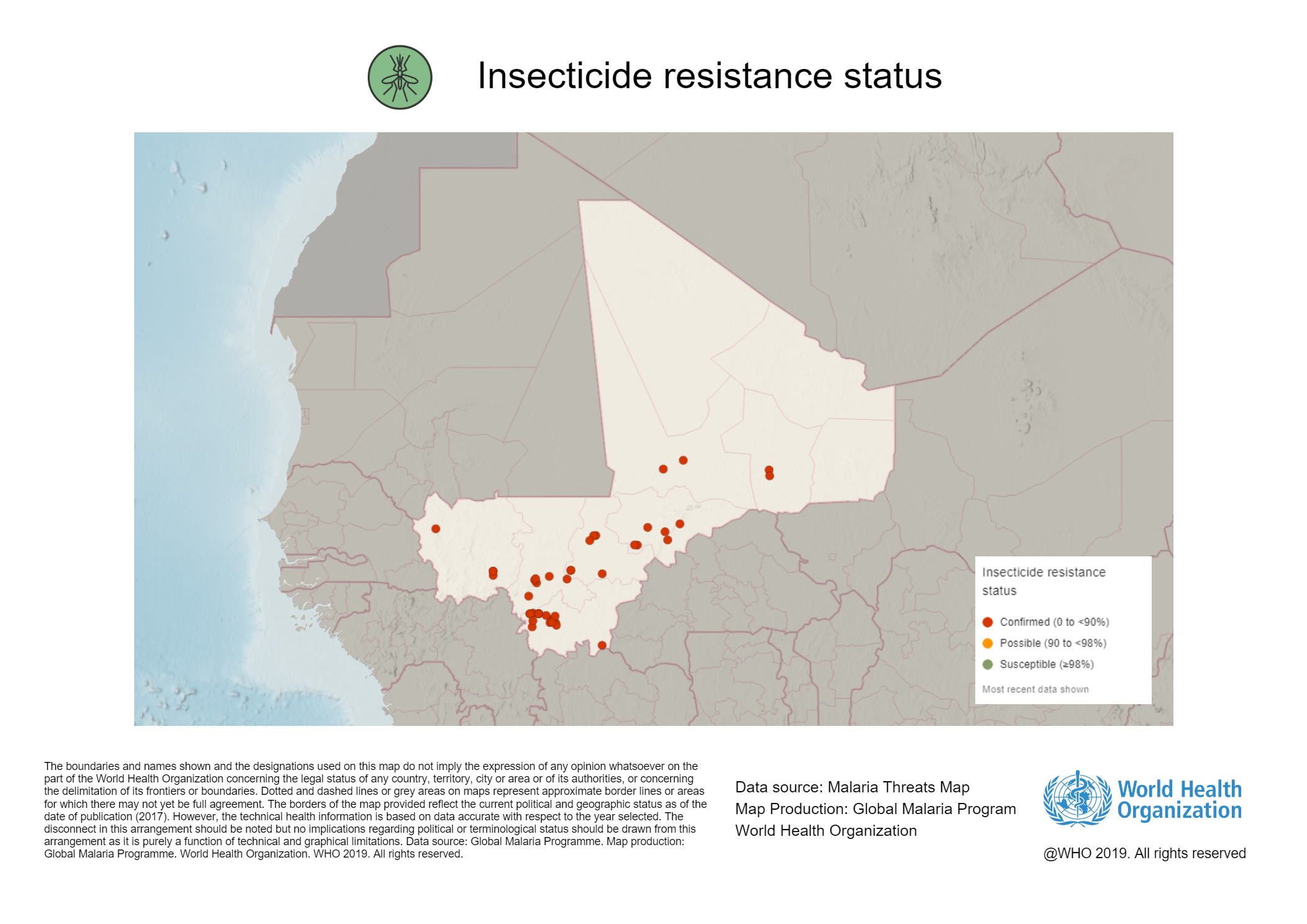“With the report, we can approach our technical and financial partners, and even the country’s political authorities, to move towards implementing the evaluation’s recommendations.” –Dr. Vincent Sanogo, Consultant/Technical and Management Advisor at the Mali National Malaria Control Program
Estimated malaria case incidence in Mali has decreased from 384 to 354 confirmed cases per 1,000 population between 2010 and 2021 but remains a leading cause of illness and death in the country[1]. To reduce the malaria burden, the Mali National Malaria Control Program (NMCP) has followed a universal coverage approach for insecticide-treated net (ITN) provision since 2011, distributing ITNs through mass campaigns and continuous distribution channels with the goal of reaching all households in the country.
Past campaigns used standard pyrethroid ITNs. However, with widespread resistance to pyrethroids among local vector populations, the NMCP sought out new types of ITNs to use for the mass campaign and routine distribution channels in 2020. With support from the New Nets Project[2], the NMCP obtained Interceptor® G2 (IG2) ITNs, a new type of ITN which contains chlorfenapyr, a new active ingredient, and alpha-cypermethrin (a pyrethroid). Due to the higher cost of these new ITNs, the NMCP was interested in determining whether they had a greater impact compared to the standard pyrethroids nets before distributing them more broadly across the country.
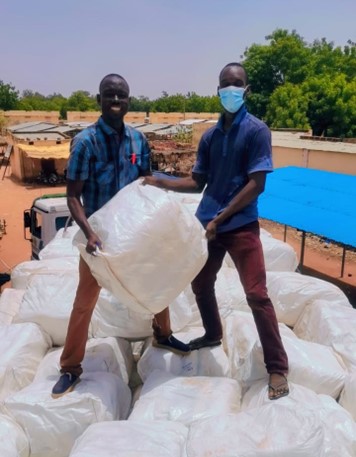
Unloading of IG2 ITNs for the July 2020 ITN campaign. Photo courtesy of the NMCP.
According to Dr. Vincent Sanogo, a consultant and Technical and Management Advisor at the NMCP, the impetus for this evaluation came from a similar evaluation being conducted in Burkina Faso by the New Nets Project. “We wanted an evaluation in our context, so we asked PMI [U.S. President’s Malaria Initiative] to support this, to provide us with the evidence on the effectiveness of new-generation mosquito nets compared with conventional nets,” he said.
Dr. Lansana Sangare, PMI Mali’s Project Management Specialist, noted that this evaluation allowed the NMCP and PMI to assess the effectiveness of IG2 ITNs despite limited funding by using Mali’s national health system data.
With the support of the PMI VectorLink Project, the NMCP selected Sikasso Region (Figure 1) for the IG2 net distribution. In 2018, Sikasso Region had the highest prevalence of malaria in children under-five, according to the 2018 Demographic and Health Survey, and the highest malaria case incidence in the national health information system. Four out of the ten districts received IG2 nets via mass campaign in July 2020, while the remaining six districts received standard pyrethroid nets. Routine health system data collected between August 2018 to July 2022, two years before and after the July 2020 ITN campaign, was used to compare the effectiveness of the IG2s to standard pyrethroid nets.

Figure 1. Map of IG2 vs standard pyrethroid ITN distribution in Sikasso Region.
This evaluation found that the IG2 ITNs performed better than the standard pyrethroid ITNs:
- Compared to the pre-intervention period, the IG2 ITN districts were estimated to have a 27% reduction in confirmed malaria cases reported compared to only a 2% reduction in the standard ITN districts.
- Using a counterfactual analysis, in the two years following the campaign distribution, the districts that received IG2 ITNs averted an estimated 248,616 (89,161 to 465,808) malaria cases, or 171 (61 to 320) cases per 1,000 person-years compared to a modelled scenario in which standard ITNs were distributed within these districts.
Both nets, however, showed the greatest impact during the first-year post-distribution (Figure 2):
- Districts receiving IG2 ITNs showed a statistically significant decline in cases of 32% in the first year compared to only 22% in the second year.
- Districts receiving standard ITNs showed a statistically significant decline of 12% in the first year but incidence increased 8% over the baseline in the second year.
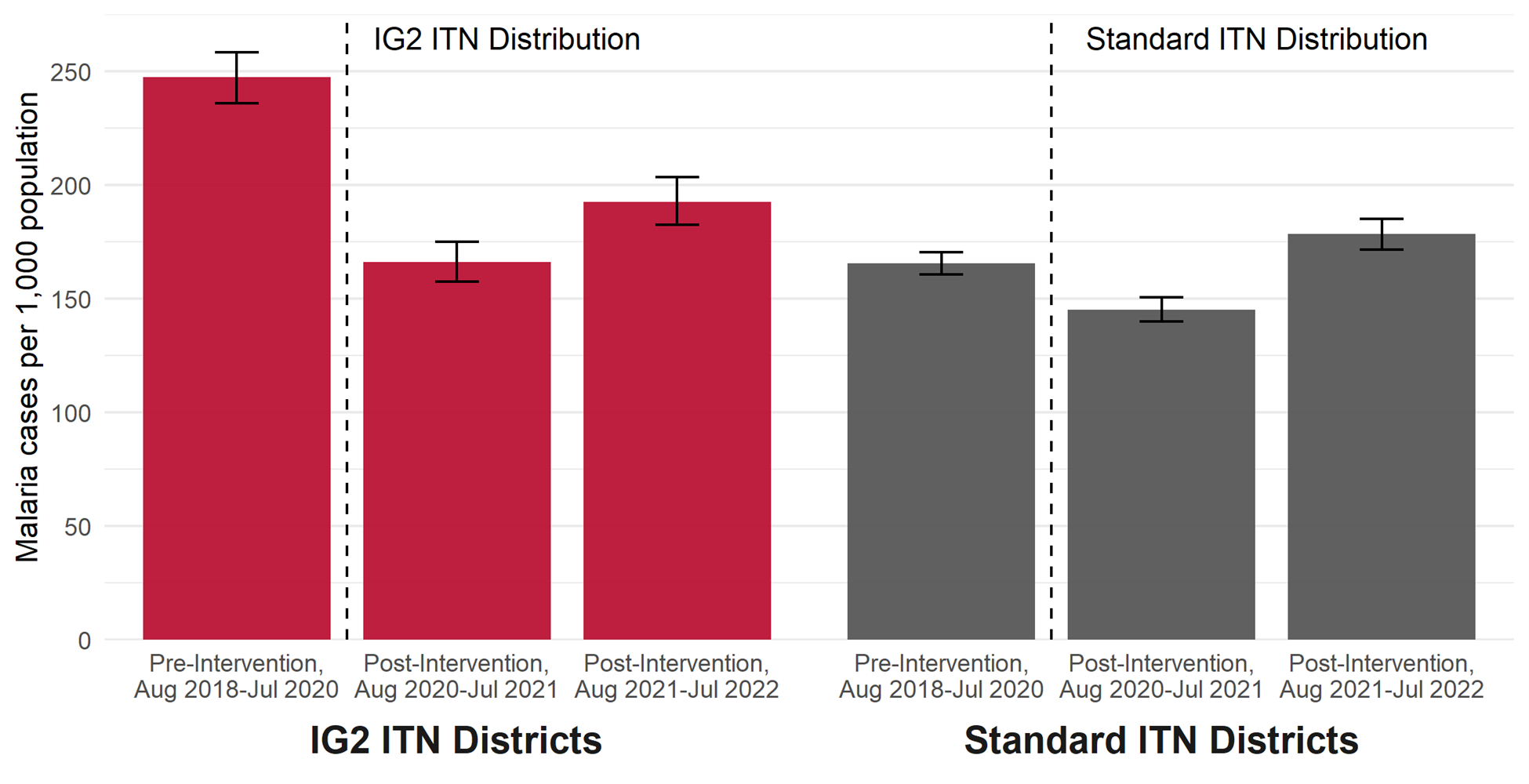
Figure 2. Case incidence per 1,000 population before and after IG2 and standard pyrethroid ITN distribution.
These evaluation findings bolstered the NMCP’s decision to distribute IG2 ITNs during the 2023 mass campaign in areas where malaria is highly prevalent and where indoor residual spraying (IRS) programs are no longer taking place.
“Now that the evaluation shows that IG2s really are much better than conventional nets, these results support our position [to invest in these higher cost nets],” said Sanogo. He believes that the results of this evaluation will also help to inform key decisions over the next year, including the next Global Fund application in 2024.
These results emphasize how timely evaluations using routine data can contribute valuable information for national governments and malaria control stakeholders. Sangare noted that while there is no single “magic bullet” that can completely inform all future malaria control decision making, this evaluation serves as a key resource to guide the process. In support of data-driven decision-making, Sangare made clear the value of country-specific evaluations: “We have data that can tell the real story behind this efficacy.”
Read this story in French: Plaidoyer en faveur de l’utilisation de nouvelles moustiquaires imprégnées d’insecticide au Mali
Download a PDF version of this story in English: Making the Case for Using New Insecticide-Treated Nets in Mali
[1] World malaria report 2022. Geneva: World Health Organization; 2022. Licence: CC BY-NC-SA 3.0 IGO.
[2] New Nets Project website. https://www.ivcc.com/market-access/new-nets-project/
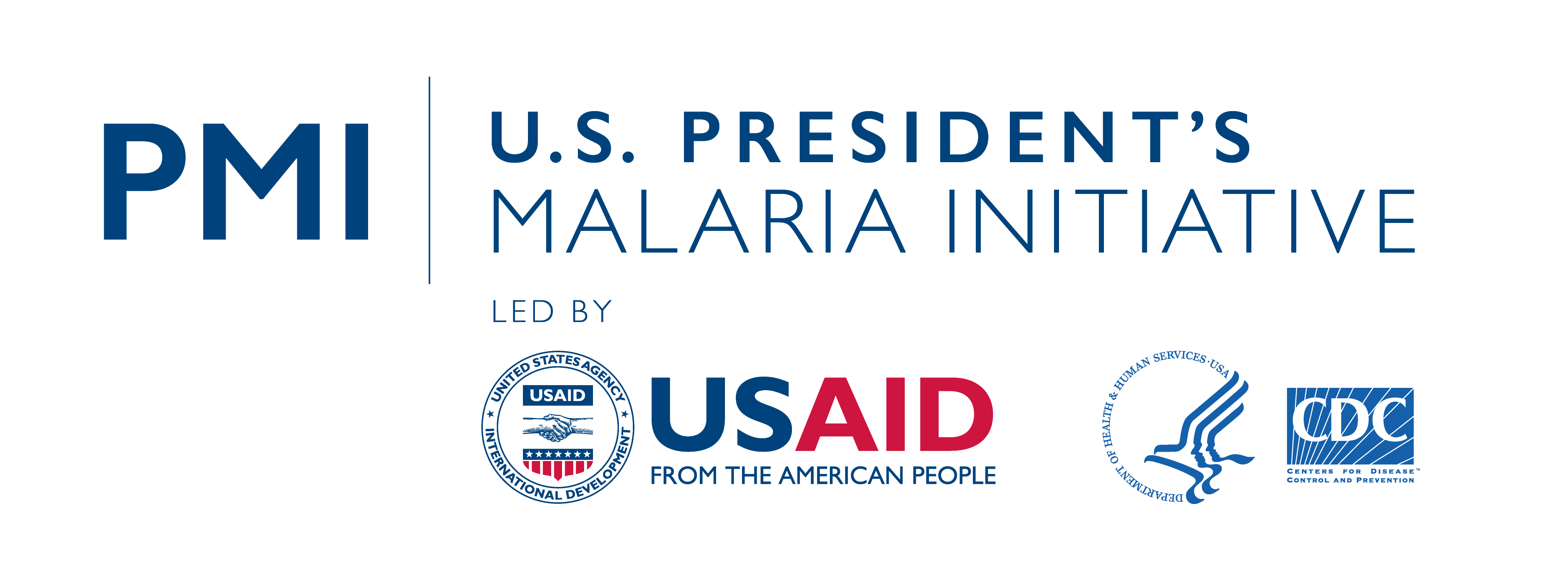

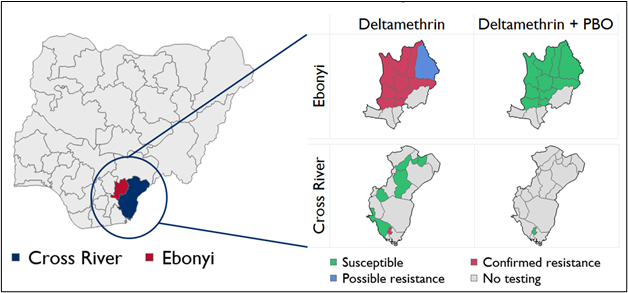
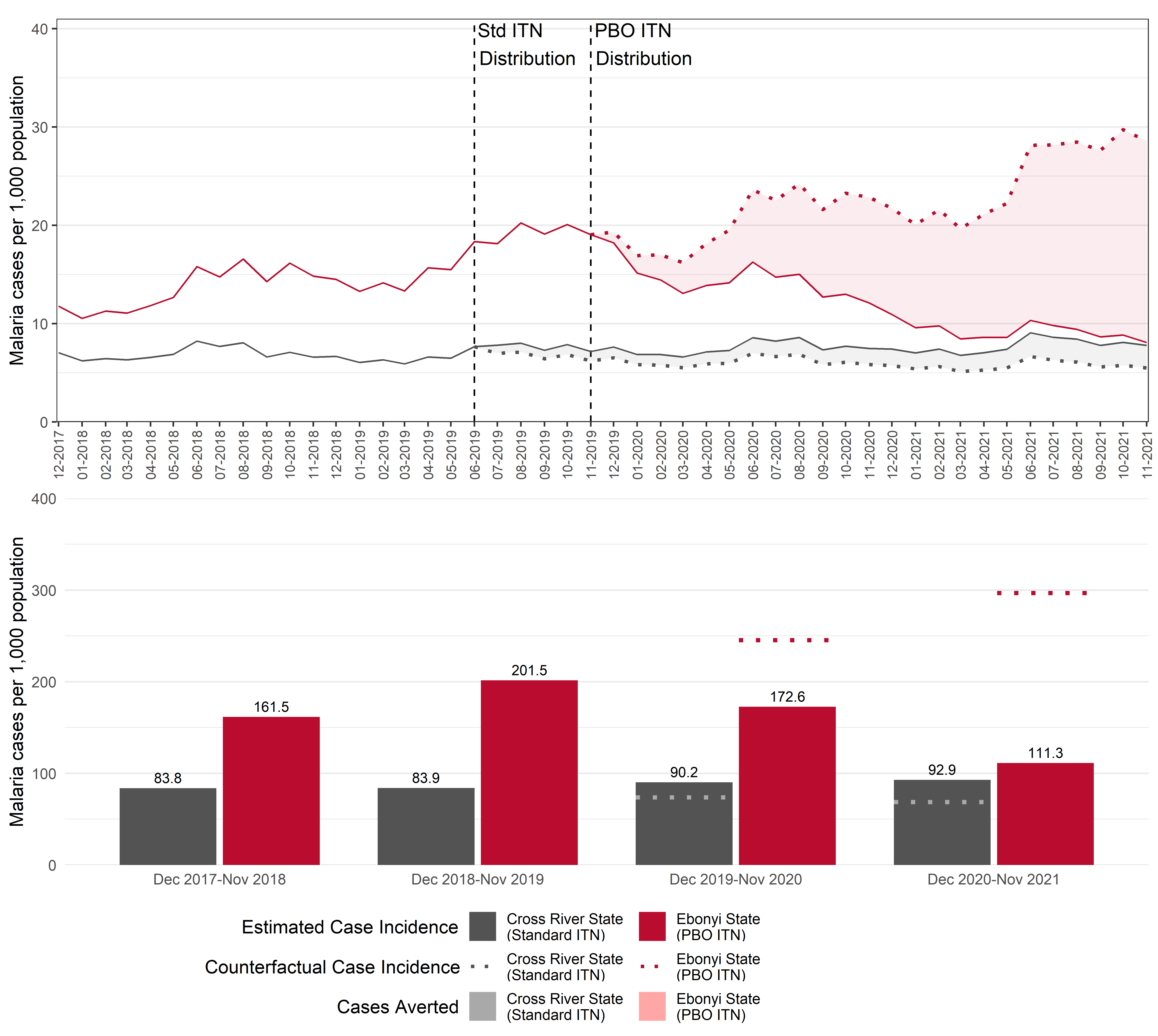
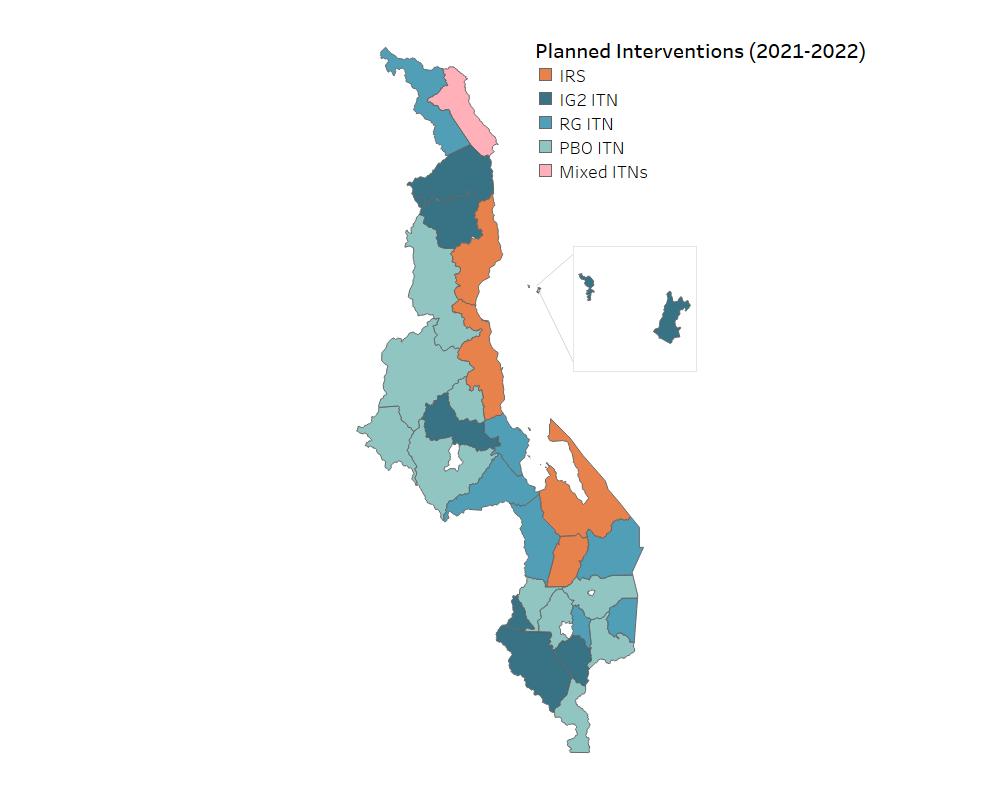
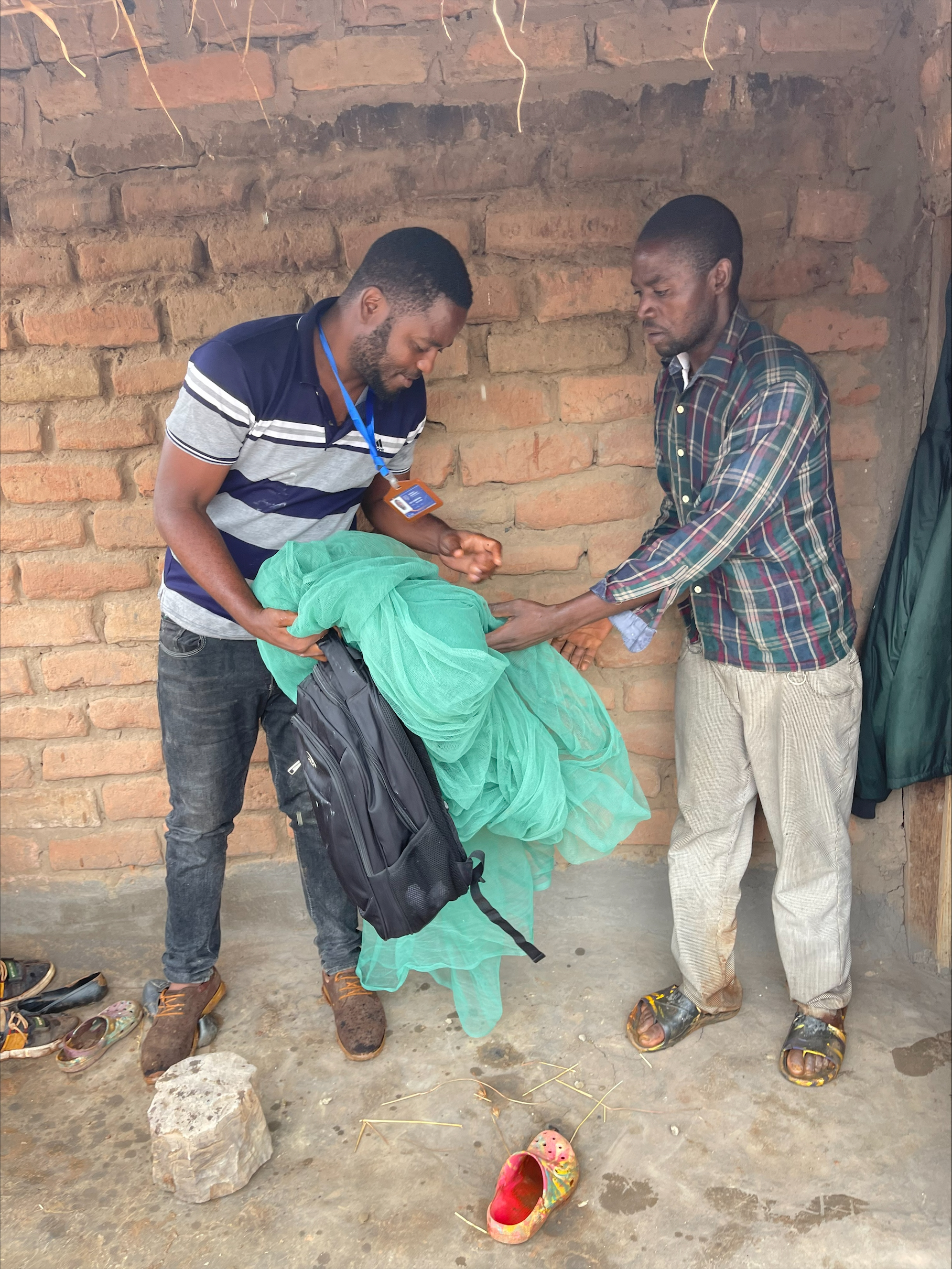
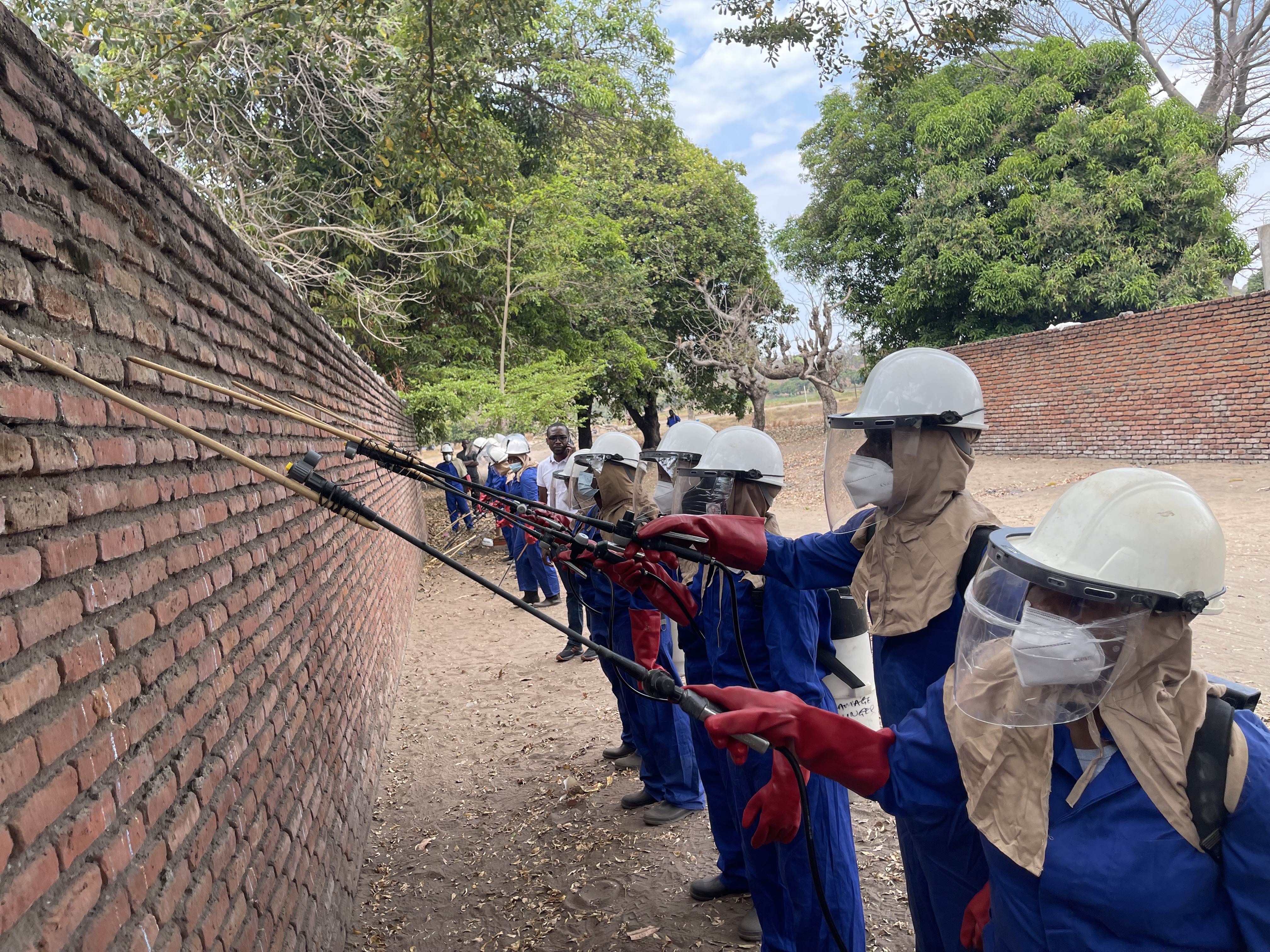
 Insecticide-treated nets (ITNs) are an essential tool in the global effort to eradicate malaria. ITNs provide the double benefit of providing a physical barrier protecting individuals while they sleep and repelling and killing mosquitoes. The use of ITNs has been incredibly successful—in Africa, estimates suggest that 68 percent of all averted malaria cases since 2001 are due to the use of ITNs.
Insecticide-treated nets (ITNs) are an essential tool in the global effort to eradicate malaria. ITNs provide the double benefit of providing a physical barrier protecting individuals while they sleep and repelling and killing mosquitoes. The use of ITNs has been incredibly successful—in Africa, estimates suggest that 68 percent of all averted malaria cases since 2001 are due to the use of ITNs.


 To eliminate malaria, national malaria programs and partners widely acknowledge that a “business as usual” approach is not enough, and innovative, adaptable approaches are increasingly needed. With a growing need for localized interventions that address a diverse range of malaria challenges faced across a country, the importance of high-quality and granular malaria surveillance data is more important than ever.
To eliminate malaria, national malaria programs and partners widely acknowledge that a “business as usual” approach is not enough, and innovative, adaptable approaches are increasingly needed. With a growing need for localized interventions that address a diverse range of malaria challenges faced across a country, the importance of high-quality and granular malaria surveillance data is more important than ever.






